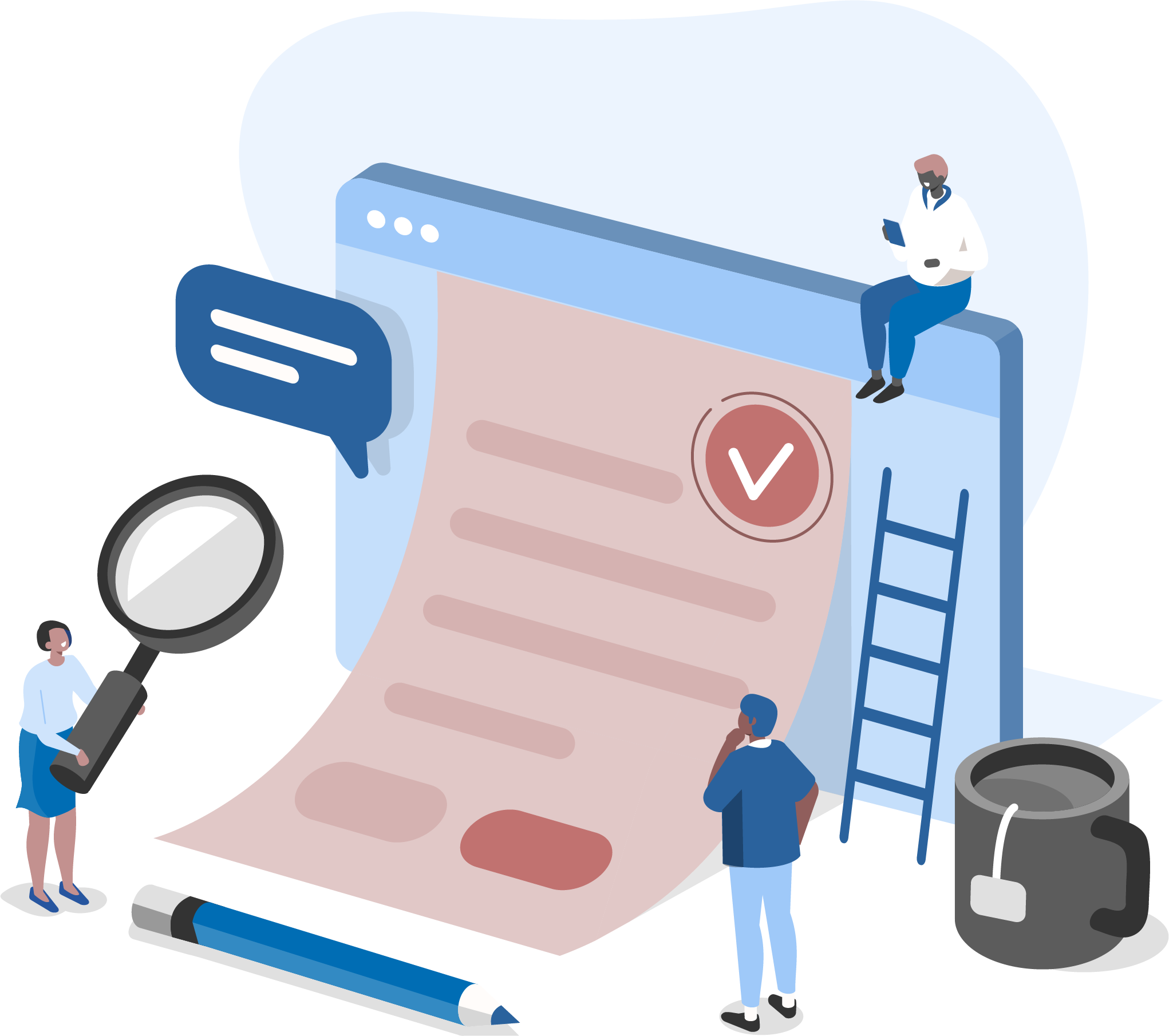Plagiarism
Taylor & Francis plagiarism policies and guidance for authors
About this topic
Trust and integrity are among what readers value the most in scholarly peer-reviewed journal content. That’s why Taylor & Francis takes the issue of plagiarism very seriously. Find out what plagiarism is (and isn’t) and how you can avoid it.
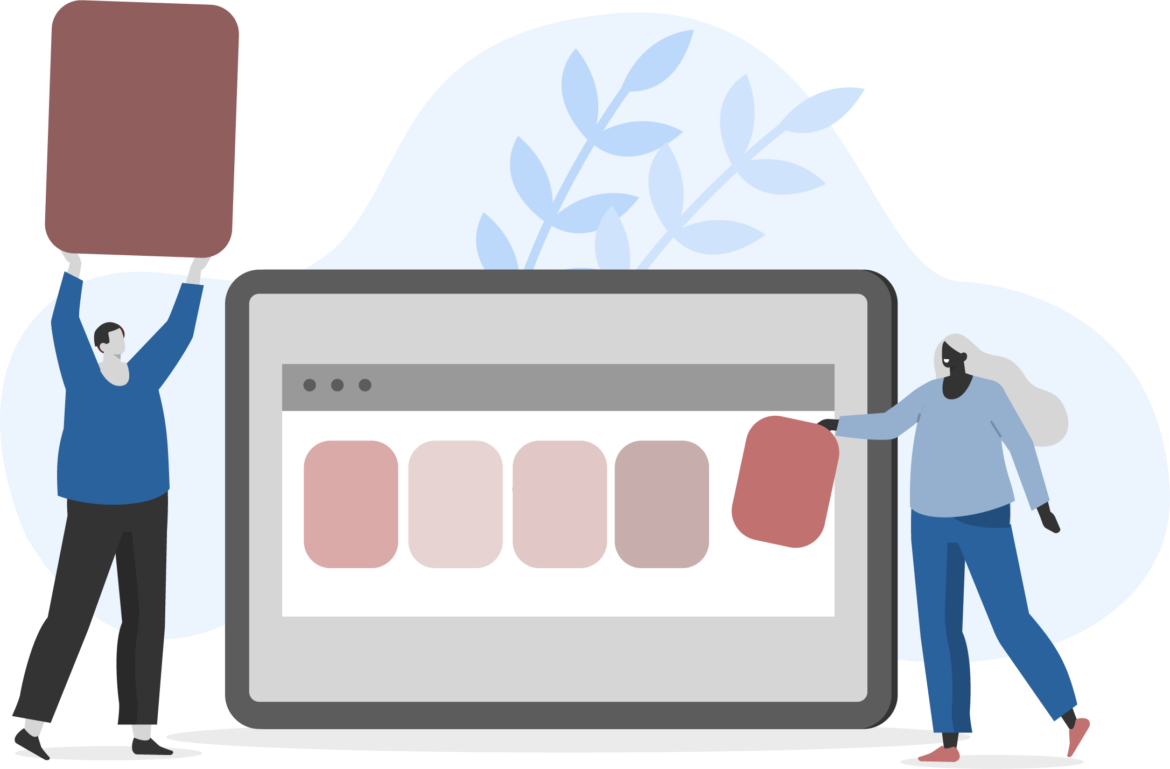
Committee on Publication Ethics (COPE) defines plagiarism as:
“When somebody presents the work of others (data, words or theories) as if they were his/her own and without proper acknowledgment.”
For Taylor & Francis journals, this applies to data, images, words or ideas taken from any materials in electronic or print formats without sufficient attribution. This can include:
Abstracts
Seminar presentations
Laboratory reports
Thesis or dissertation
Research proposals
Computer programs
Online posts
Grey literature
Unpublished or published manuscripts

The use of any such material either directly or indirectly should be properly acknowledged in all instances. You should always cite your source (please see the section ‘How to avoid plagiarism’ below).
What is the plagiarism of ideas?
Office of Research Integrity (ORI) views
“Appropriating someone else’s idea (e.g., an explanation, a theory, a conclusion, a hypothesis, a metaphor) in whole or in part, or with superficial modifications without giving credit to its originator.”
The ORI provides some good examples of the plagiarism of ideas, including the phenomenon of unconscious plagiarism (i.e., cryptomnesia).
Why does detection of plagiarism matter?
Trust and integrity are among what readers value the most in scholarly peer-reviewed journal content. When plagiarism has been detected in a journal article it places doubt in that trust, because if an author is prepared to mislead readers about how they came across their material, how can you really be certain of the scientific rigor in the rest of their work?
Readers should be able to distinguish what is and isn’t original in a journal article. Authors should be properly credited for their work if that work is being re-used in another’s article. This is in accordance with international copyright laws and ethical conduct guidelines.

As indicated below, duplicate publication of original research is particularly prevalent and damaging (especially in the medical and health subject areas) since it can contribute to the distortion of the available evidence in academic literature.
In addition to the direct copying of text, with or without paraphrasing, from a single source without proper acknowledgement, the common types of plagiarism are:
Mosaic plagiarism (patchwork plagiarism)
This is when text is lifted from a few different sources (which may include your own previous work) and put into your manuscript to create the impression of new text.
This includes rewording pieces of sourced material while keeping the structure/syntax of the original texts.
Self-plagiarism/ text-recycling
This is the redundant reuse of your own work (e.g., text, data, and images), including text translated from another language, usually without proper citation. It creates repetition in the academic literature and can skew meta-analyses if you publish the same sets of data multiple times as “new” data. Two forms of self-plagiarism include:
Redundant/ duplicate publication: is the publication of what is essentially the same paper in more than one journal, but without indication that the paper has been previously published elsewhere.
Salami slicing (salami publication): is the segmentation of a large study which should have been reported in a single paper into smaller published studies.
Other types of plagiarism also exist. What they all have in common is that there is a lack of transparency to the original source of the material which has been used in the manuscript.
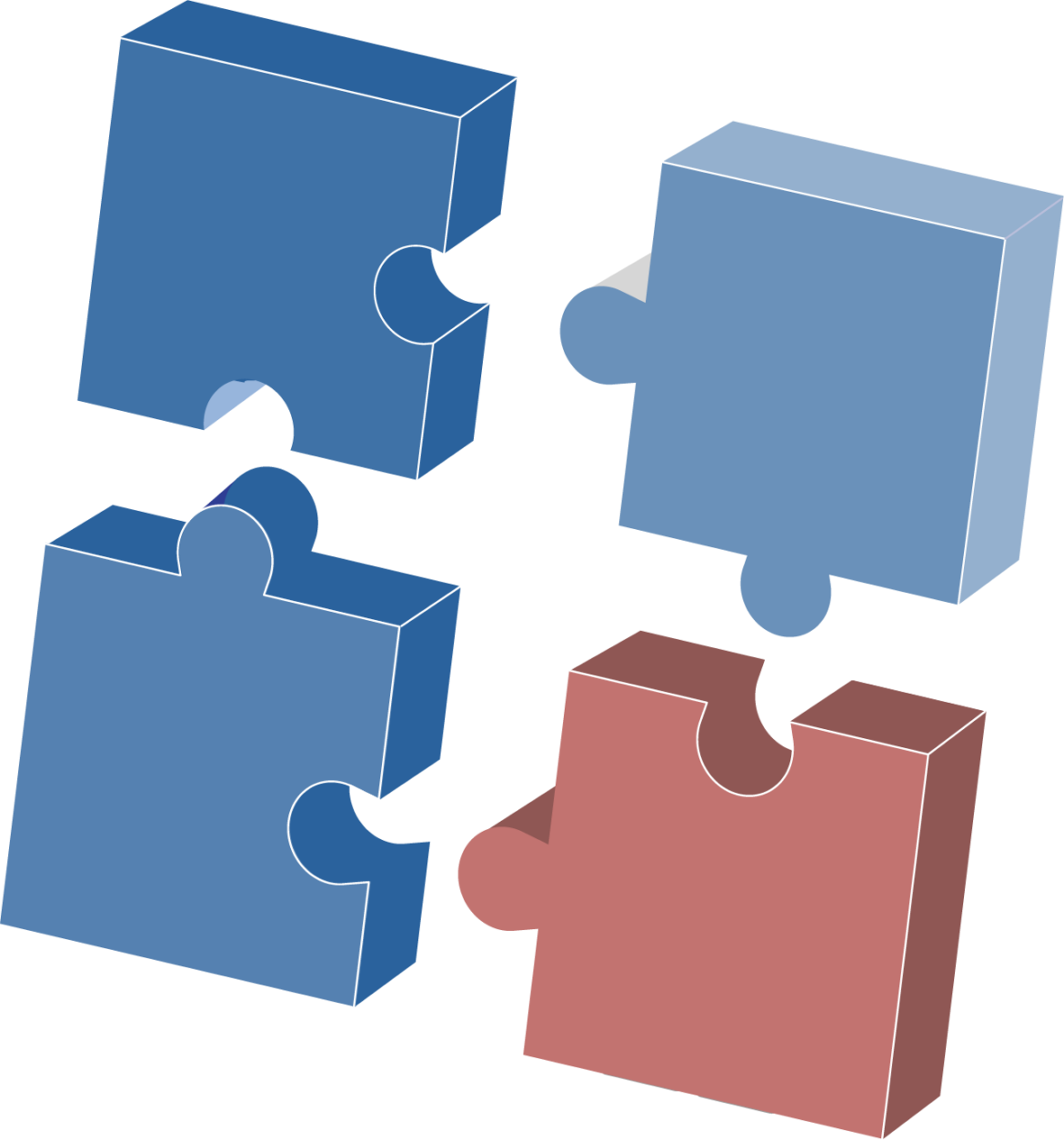
We recognize there can be legitimate reasons for overlap in some cases. For example, the following would not be considered plagiarism/ duplicate publication:
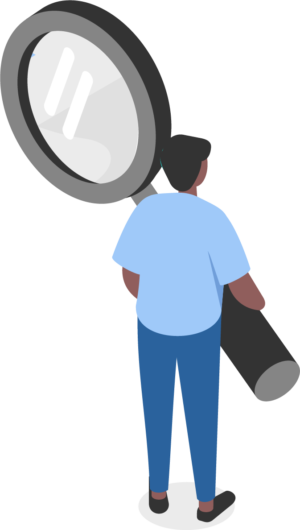
Two manuscripts share very similar descriptions in the methods sections and the procedure is a commonly known standard procedure in the subject area.
The similarity is found in the references section only of the manuscript.
The overlap is with an earlier working version of the manuscript, deposited in a non-commercial preprint server, and you have informed the journal that this work has been previously posted on a preprint server (this is not considered duplicate publication according to our preprints policy).
The posting of clinical trial protocol and results in any publicly accessible registry that meets the criteria noted in Section III.L. of the International Committee of Medical Journal Editors (ICMJE) recommendations, if results are limited to a brief (500 word) structured abstract or tables (to include participants enrolled, key outcomes, and adverse events).
Some of our journals (e.g. those published by Dove Medical Press) allow authors to include published conference abstracts in their articles, providing the original publication has been properly cited, copyright permission has been given where appropriate and the journal article contains new material compared to the published abstract. Journal policies may vary on this and we recommend consulting the journal’s instructions for authors or contacting the journal’s editor before including conference abstracts in your manuscript.
What types of secondary publication does Taylor & Francis permit?
ICMJE recommendations
“Secondary publication of material published in other journals or online may be justifiable and beneficial, especially when intended to disseminate important information to the widest possible audience (e.g., guidelines produced by government agencies and professional organizations in the same or a different language).”
The recommendations go on to state that secondary publication for various other reasons may also be justifiable provided the conditions listed 1 to 6 in Section III.D.3. are met.
The essential message here is about ensuring you are being transparent and inform the journal about any potential overlap with other sources on submission of your manuscript. This allows the journal to consider if the secondary publication is acceptable or not. Where it is acceptable, the journal will indicate it as a secondary publication (complete or abridged republication or translation) of a primary publication and for all simultaneously published joint publications include a statement making the simultaneous publication clear to readers.
Taylor & Francis uses Crossref Similarity Check to screen for unoriginal material. Authors submitting to a Taylor & Francis journal should be aware that their paper may be submitted to Crossref Similarity Check at any point during the peer-review or production process.
Where overlap is found, the results of the Similarity Check will be examined by the journal to establish whether it constitutes plagiarism or if there are legitimate reasons for the overlap.
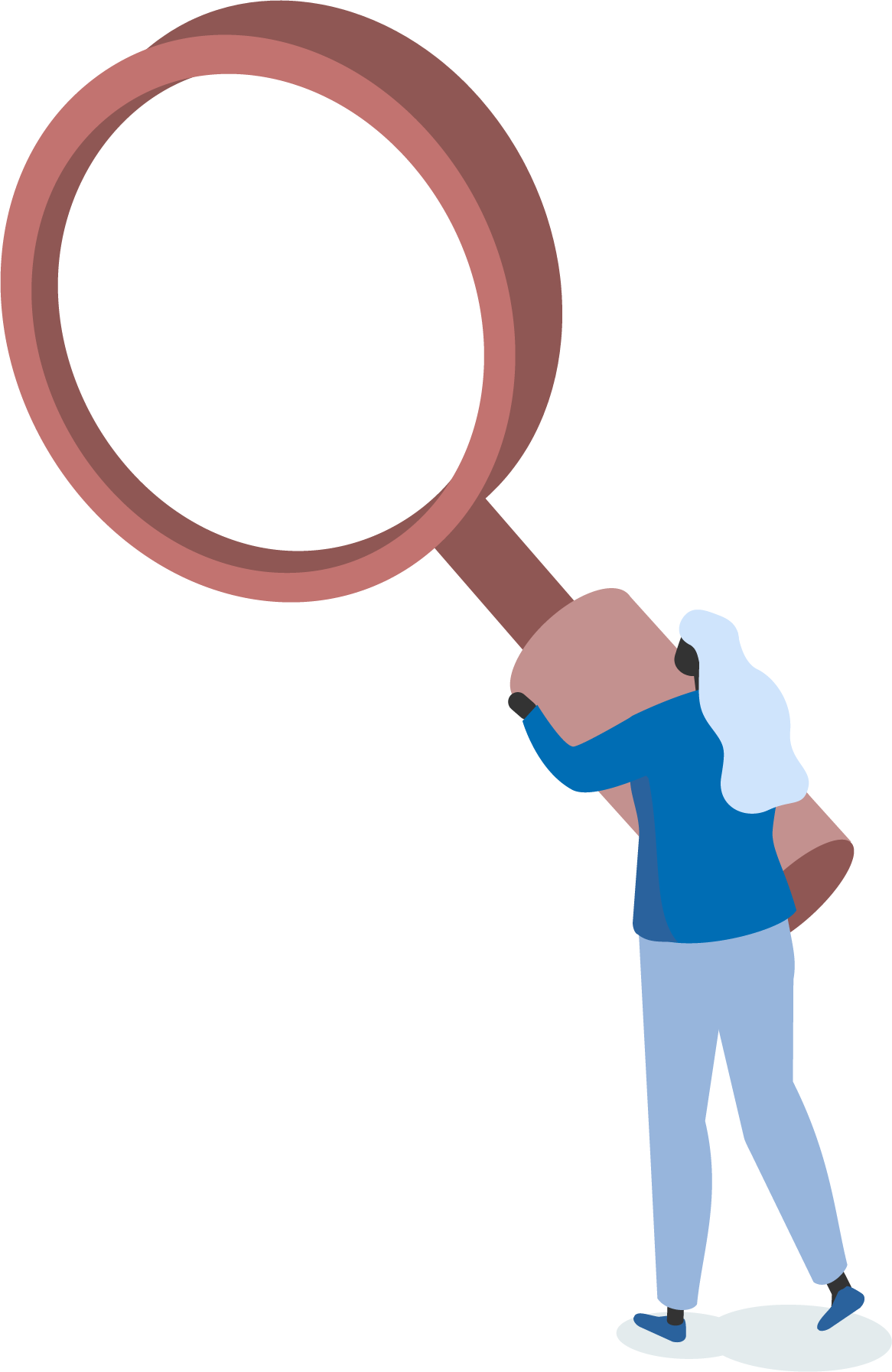
What happens when we detect plagiarism?
Any allegations of plagiarism or self-plagiarism/text-recycling made to a journal will be investigated by the editor of the journal and Taylor & Francis, following COPE guidelines. If the allegations appear to be founded, we will then contact all named authors of the paper and request an explanation of the overlapping material. We may ask Editorial Board members and the author’s institution to assist in further evaluation of the paper and allegations.
The plagiarism of ideas can be the most difficult for a journal editor or publisher to be able to detect and validate. Investigations into this type of plagiarism will usually require the involvement of other parties, such as independent expert reviewers and/or institutions where the work was carried out.
Based on the investigation and reply from the author(s), the journal will decide how to proceed, using COPE flowcharts where applicable. This may result in the following actions being taken, depending on the nature and severity of the case:
If a paper is still in peer review, it may be returned to the author with a request that they address the issues through appropriate citation, use of quote marks to identify direct quotes, or re-writing.
If the similarity between the manuscripts is too extensive for revision, it may be rejected.
If the paper is already published online, a correction*, expression of concern or retraction may be published.
The author’s institution may also be informed.
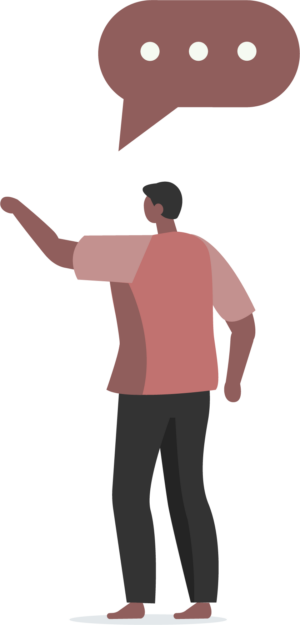
*Please note that a correction can be published for minor similarities only where there is no misattribution or deliberate lack of attribution of work (e.g., to add in a missing full citation/ reference to the source material). A correction notice cannot be used to effectively ‘fix’ or rewrite the plagiarized sections.
When citing others’ (or your own) previous work, please ensure you have:
Clearly marked quoted verbatim text from another source with quotation marks.
Attributed and referenced the source of the quotation clearly within the text and in the Reference section.
Obtained permission from the original publisher and rightsholder when using previously published figures or tables.
Tips to avoid plagiarism
Check your manuscript for accidental plagiarism using Taylor & Francis Similarity Check Service.
Read ORI’s Tips for avoiding plagiarism infographic, which includes their ‘28 Guidelines at a Glance on Avoiding Plagiarism’.
